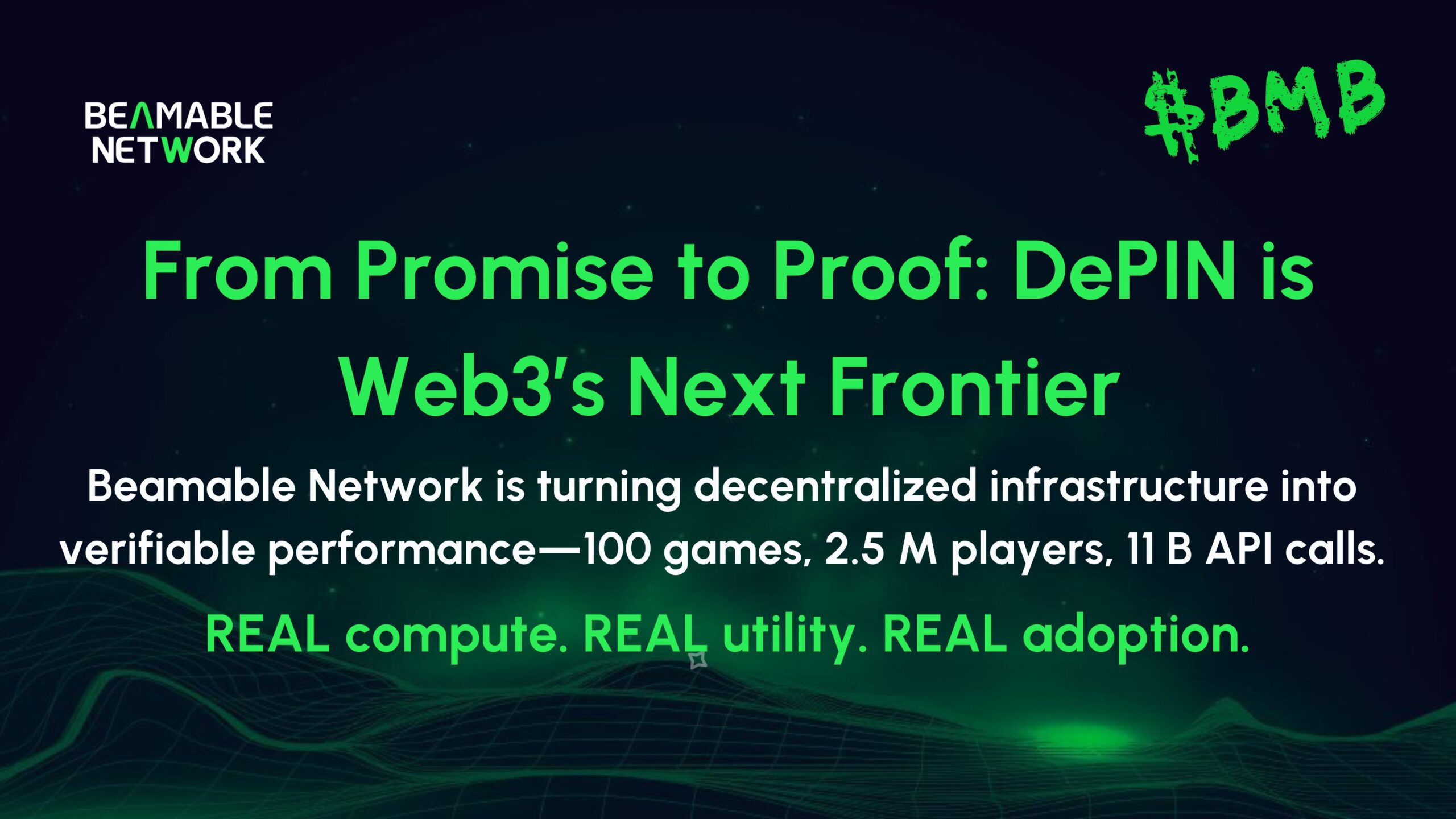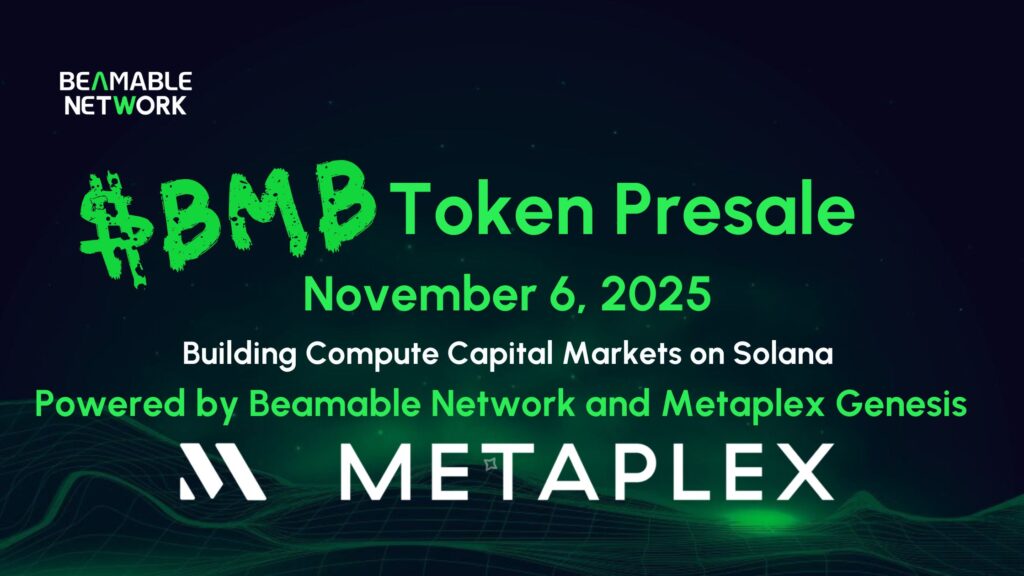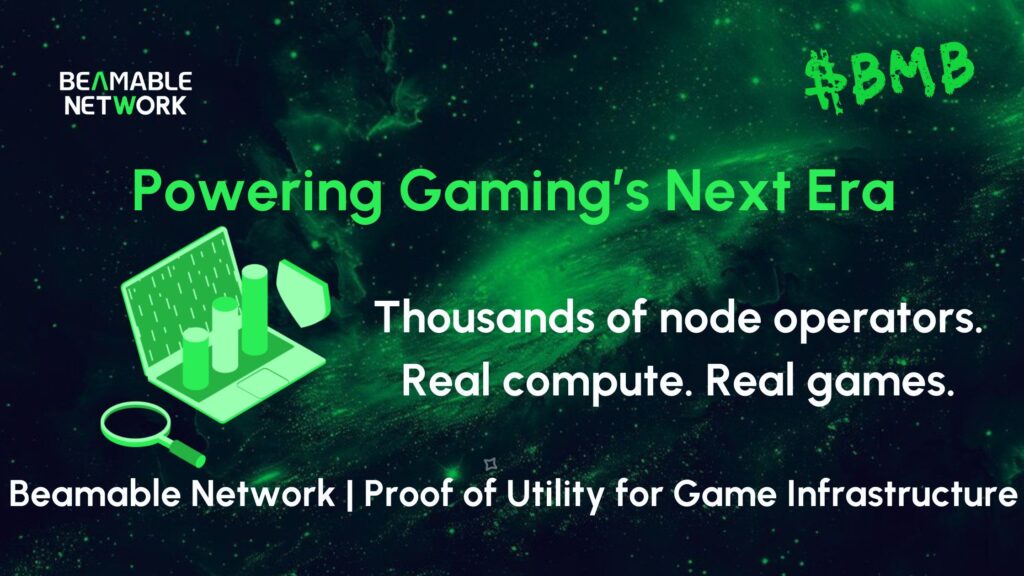What happened to the Web3 wave?
The first wave of Web3 promised to rewrite the internet. Tokens soared, NFTs exploded, and “decentralization” became an industry buzzword. Then came the reality check. Speculation outpaced substance. Many projects raised serious money, but delivered little real-world value.
The next era of Web3 isn’t about promise. It’s about utility. That’s where DePIN, Decentralized Physical Infrastructure Networks, takes center stage.
What makes DePIN different from traditional crypto?
DePIN connects blockchain protocols to real-world compute, storage, and bandwidth. Instead of tokens backed by promises and whitepapers, DePIN tokens represent actual infrastructure capacity used to run AI models, deliver content, or host live games.
| Aspect | Traditional Web3 | DePIN |
| Value Source | Speculation and liquidity | Real compute, storage, or network usage |
| Participants | Traders and investors | Node operators and developers |
| Outcome | Volatility | Verified utility |
| Examples | NFTs | Render, Filecoin, Beamable Network |
In other words, DePIN replaces “what if” with “what works”
Why DePIN is the missing layer of Web3
If Layer 1 was about decentralizing finance, and Layer 2 was about scaling transactions, DePIN is Layer Real.
It’s where physical and digital infrastructure merge:
- Storage becomes decentralized via networks like Filecoin.
- Compute becomes community-driven through Render or Aethir.
- Game servers become distributed via Beamable Network.
Each network rewards participants who contribute real resources—forming an economy where value equals usage, not speculation.
How gaming is proving the model
Games are one of the most demanding digital workloads, involving millions of players, real-time events, and continuous updates. That makes gaming the perfect proving ground for DePIN.
Beamable Network already supports:
- ~100 live games
- 2.5M+ monthly players
- 11B+ API calls
Every transaction and player event is verifiable proof that DePIN can scale beyond theory. It’s not just a promise; rather, it’s functioning decentralized infrastructure at scale.
Why DePIN marks the next frontier in Web3
DePIN turns Web3 into something tangible:
- For developers: a cheaper, faster, and more flexible way to build.
- For node operators: an on-ramp to earn from real compute.
- For players and users: an experience powered by reliability, not speculation.
The result? A decentralized ecosystem where utility creates value—not the other way around.
Welcome to the era of Proof of Utility.
Welcome to Beamable Network.
👉 Learn more at Beamable.Network
👉 Join the Beamable Network discussions on LinkedIn
FAQ: DePIN and the Future of Web3
Q1: What does DePIN stand for?
DePIN means Decentralized Physical Infrastructure Networks—systems that connect blockchain protocols to real-world compute, storage, or bandwidth.
Q2: How is DePIN different from cloud computing?
Unlike centralized cloud providers, DePIN networks distribute workloads across independent operators. This reduces costs, improves resilience, and rewards contributors directly.
Q3: Why is gaming an ideal DePIN use case?
Games generate massive, always-on demand for compute and low-latency networking—making them the ultimate test for decentralized infrastructure scalability.
Q4: How can I participate in Beamable Network?
You can stake, delegate, or run a node. Learn how to become a Beamable Network operator.
Key Takeaways
- Web3 is shifting from promise to utility, and DePIN is leading that transformation.
- DePIN connects blockchain to real-world compute, storage, and bandwidth.
- Beamable Network proves the model with millions of players and billions of calls.
- The next frontier of Web3 isn’t speculative. It’s usable.



